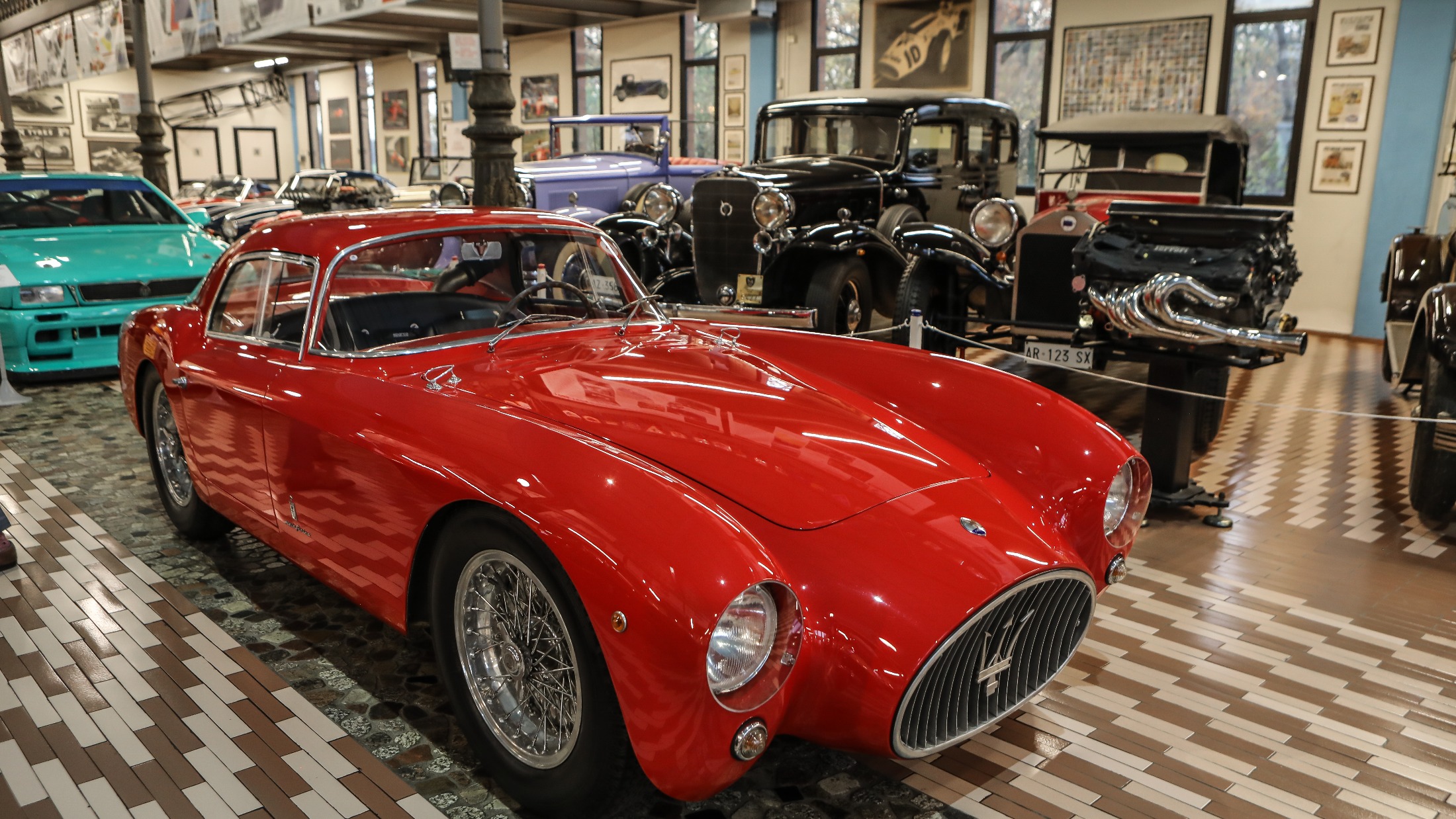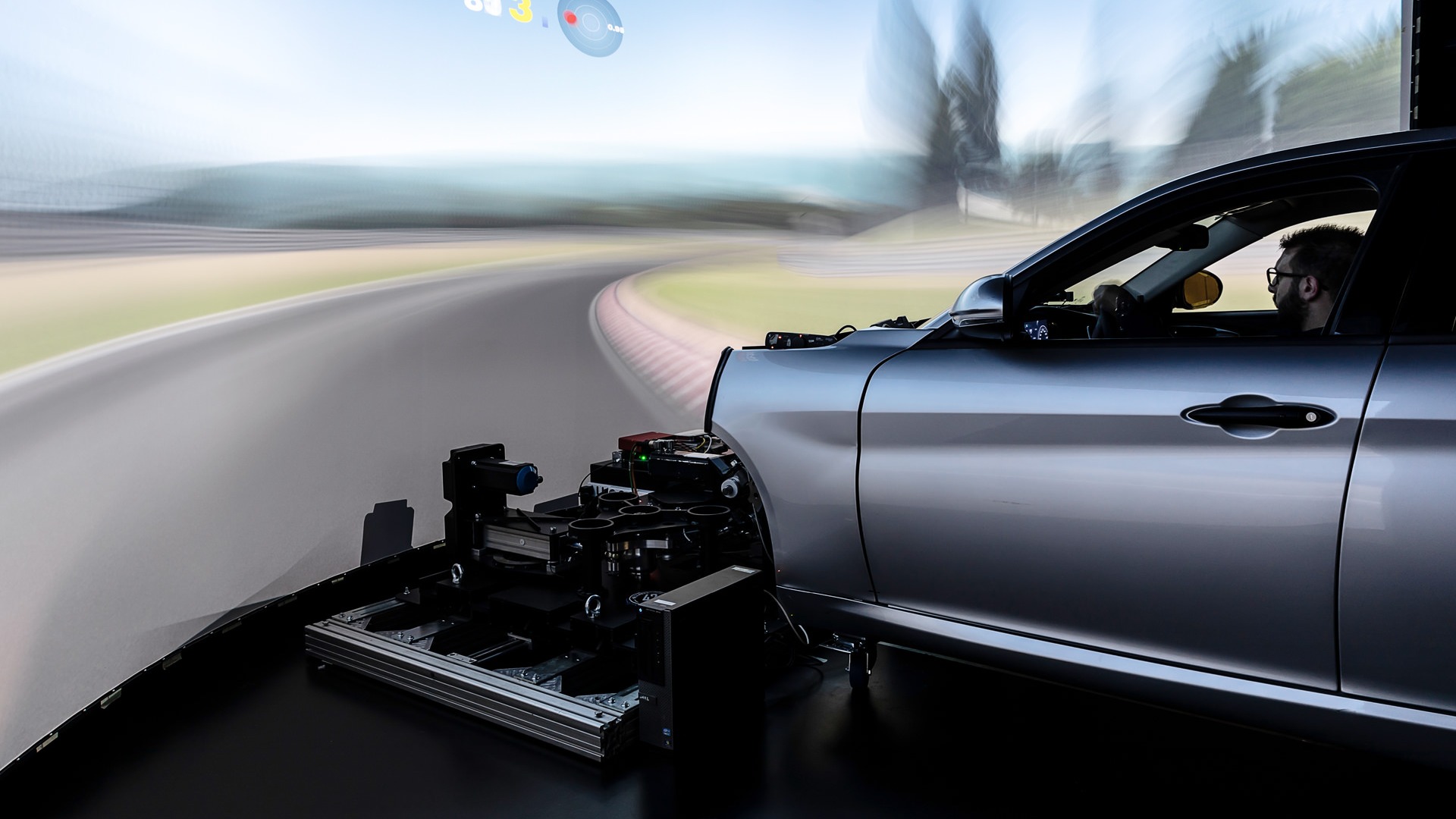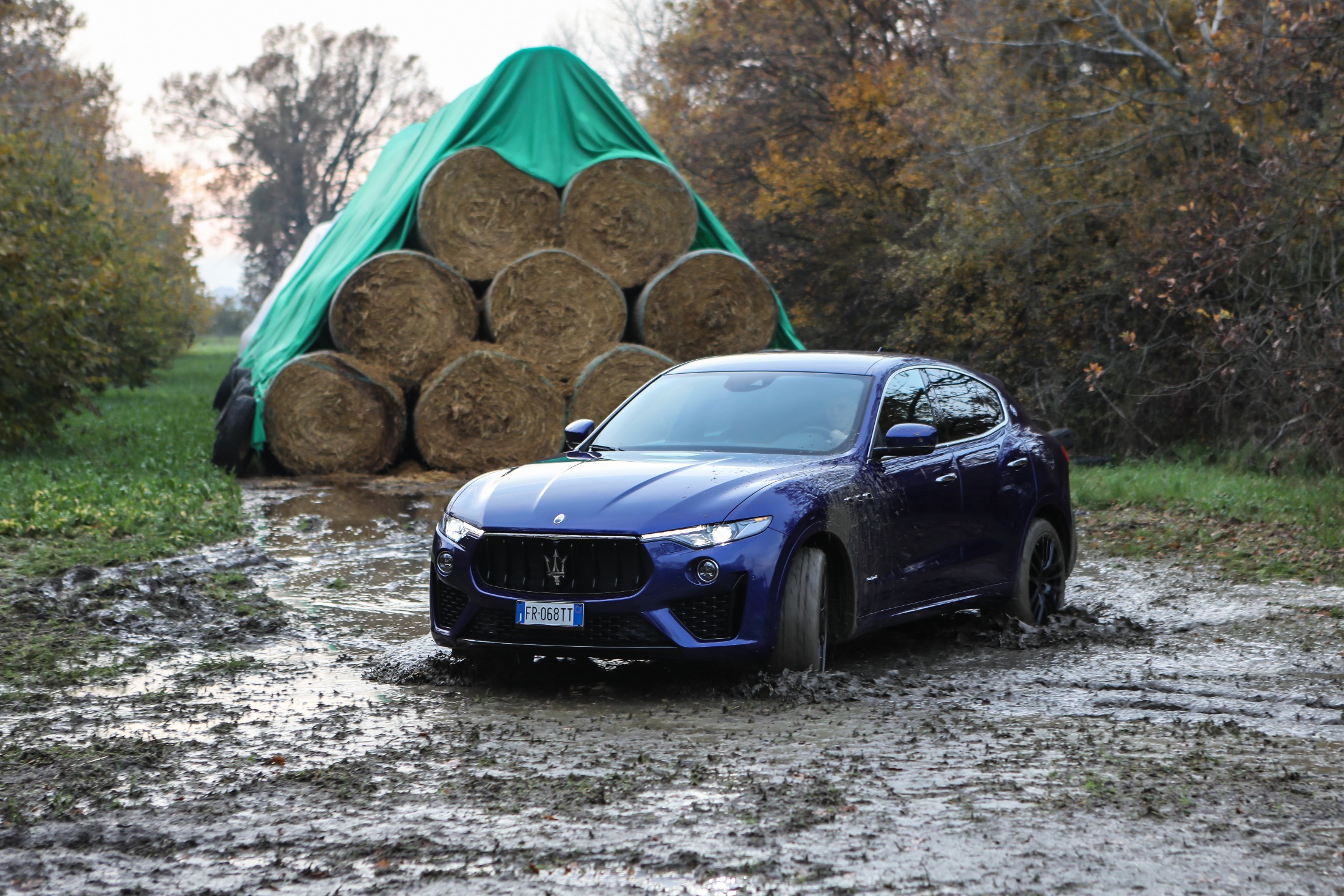Even to those indifferent to the wonder of the internal combustion engine, it’s clear that the Italian region of Emilia-Romagna is a place that is preternaturally consumed with speed. It’s like the three bears of supercars. There’s the flashy Ferrari in the village of Maranello, the even flashier Lamborghini in the capital Bologna, and then there’s the—by comparison—unassuming excellence that is Maserati in the historic town of Modena.
The divide couldn’t be greater between these three stalwarts, a fact underscored to anyone interested in their history. Lamborghini has a modern temple/museum to its relatively short history attached to its slick new headquarters, and Ferrari has two uber-contemporary institutions celebrating all things prancing horse. But a trip down Maserati’s memory lane turns out to be as much about cows than stallions; the company’s storied past is located in a barn-like building on an active dairy farm some 15 kilometres outside Modena.
A little backstory: when Fiat rescued the struggling carmaker in 1993, former owner Maserati Alejandro de Tomaso kept possession of the brand’s inventory of vintage models. When it looked as if these classic cars would be dispersed into foreign hands via auction, Umberto Panini, proud son of Modena and very successful Parmigiano cheese producer, bought the entire collection—and installed it in a museum on his farm.
The end result is entirely, amazingly surreal. A long driveway leads to the working farm—speed bumps have been installed to temper gearhead enthusiasm—and there, past the pasture and paddocks, is a large warehouse that’s the shiniest of the buildings.
Find a spot beside the backhoe, locate someone with keys, and as the doors slide open, witness a treasure trove of cars. There’s the bare bones 1934 6C that won the Modena and Naples Grand Prix, a supremely gorgeous 1957 250F driven by the legendary Juan Manuel Fangio, an early 1990s prototype that the public has never seen, and a few feet outside the building, the tractor that hauls cow’s milk to make the cheese.

The Modena Maserati museum. Image courtesy of Maserati.
The juxtaposition of the farm (and the farm smell) with this priceless 30-plus car collection is so jarringly down to earth that it makes this spot uniquely memorable. You’re left to mingle and gawk in relative solitude—no security guards, no elevated cars on pedestals, no gift shop—just a solo communion with almost nine decades of racing history.
But if Maserati’s past is ensconced in a most unexpected place, its future likewise takes some work to uncover.
In an industrial park west of Modena, just past a Tetra Pak manufacturing plant and a bingo parlour, is the Maserati Innovation Lab. In a nondescript modern facility that’s unremarkable save for the small sign barely visible to the passerby, photos are strictly non autorizzato. One descends into the building’s sprawling underground complex where more than 1,000 designers, engineers, and scientists spend their days worrying over everything from effective use of horsepower to the most ergonomical spot for a cup holder.
Behind one unmarked door is a bank of computers that looks like it was lifted from a NASA brochure and is attended to by a team of engineers wearing earnest white lab coats. This serious crew is monitoring the front half of a Maserati Levante resting on a large contraption that moves the car to and fro as it speeds through a visual simulation of the famed Monza racetrack projected on a screen. When the “car” stops, the door swings open and out hops a professional Maserati driver, who has been putting the virtual SUV through its virtual paces on a virtual racetrack.

At the Maserati Innovation Lab. Image courtesy of Maserati.
“But the results are very real,” says Luca Dusini, team lead for vehicle dynamics. “With this machine, we can program every aspect of the engine—including making it electric—before we even build the prototype.”
Another room over, another driver in another car simulator drives through the famed fog of Emilia-Romagna, testing how the Levante handles a low-visibility, high-traffic scenario at speed. In another, a huge bank of rotating sunlight hits a Maserati to make sure the sun’s glare never impacts the driver. It’s an exercise in precision with a minimum of chest beating.
The Italians coined the term braggadocio, which has found a ready audience throughout the world among those who’ll gladly broadcast their every achievement as if it were the invention of cold fusion. But in the heart of the country, there’s a rip-roaring antidote to this phenomenon hidden in plain sight in Modena that announces its success the old way: vroom, vroom.
For more car stories read our Transportation section.









